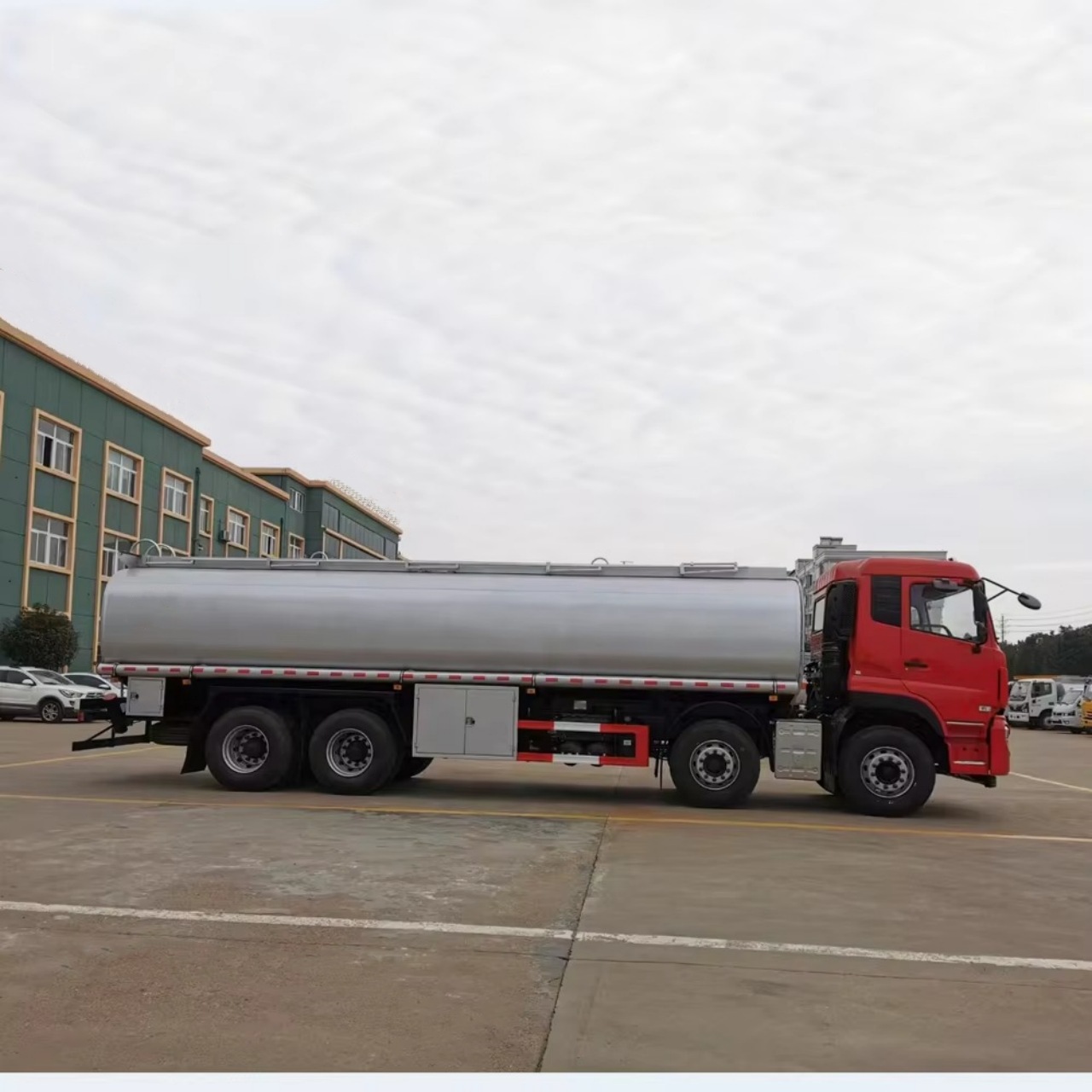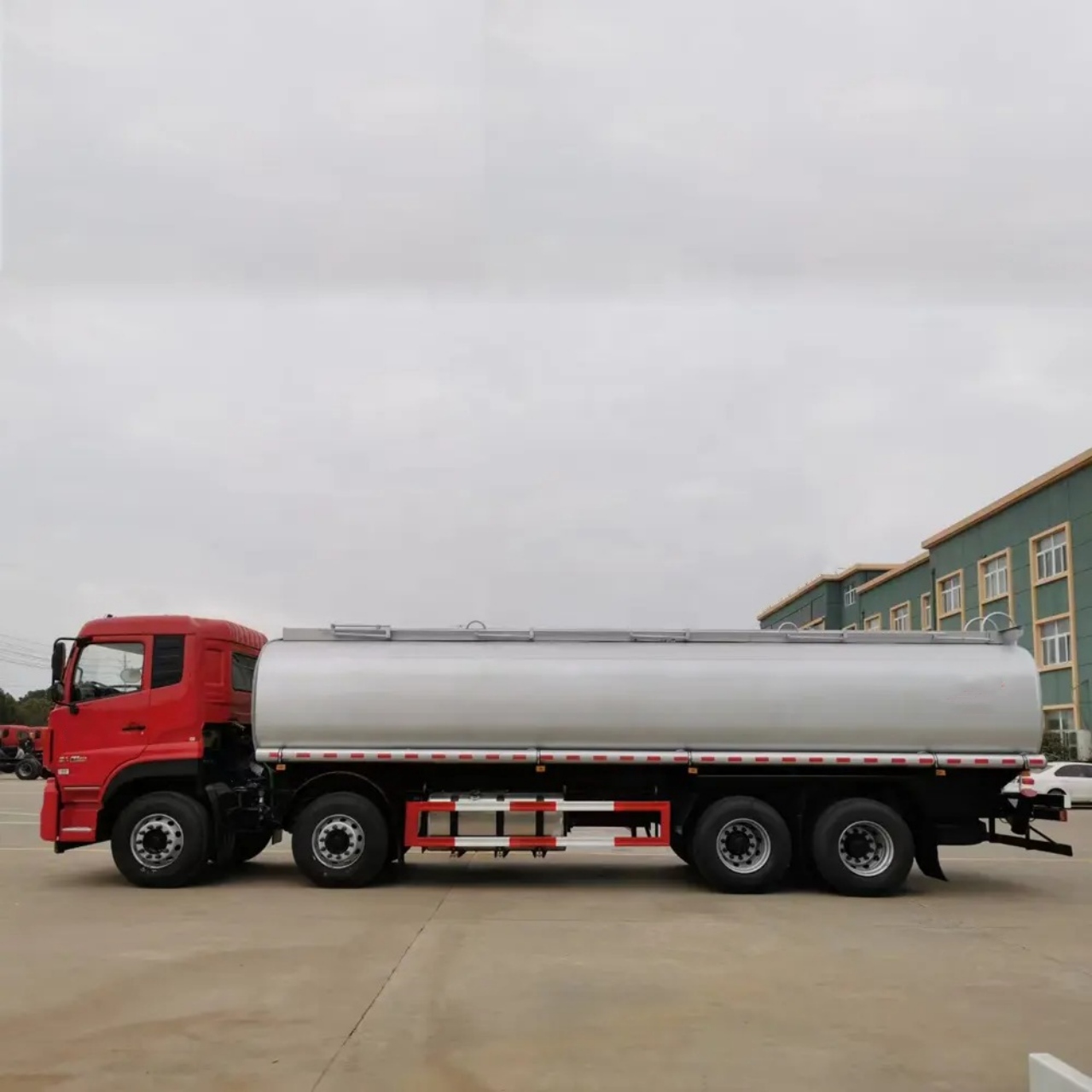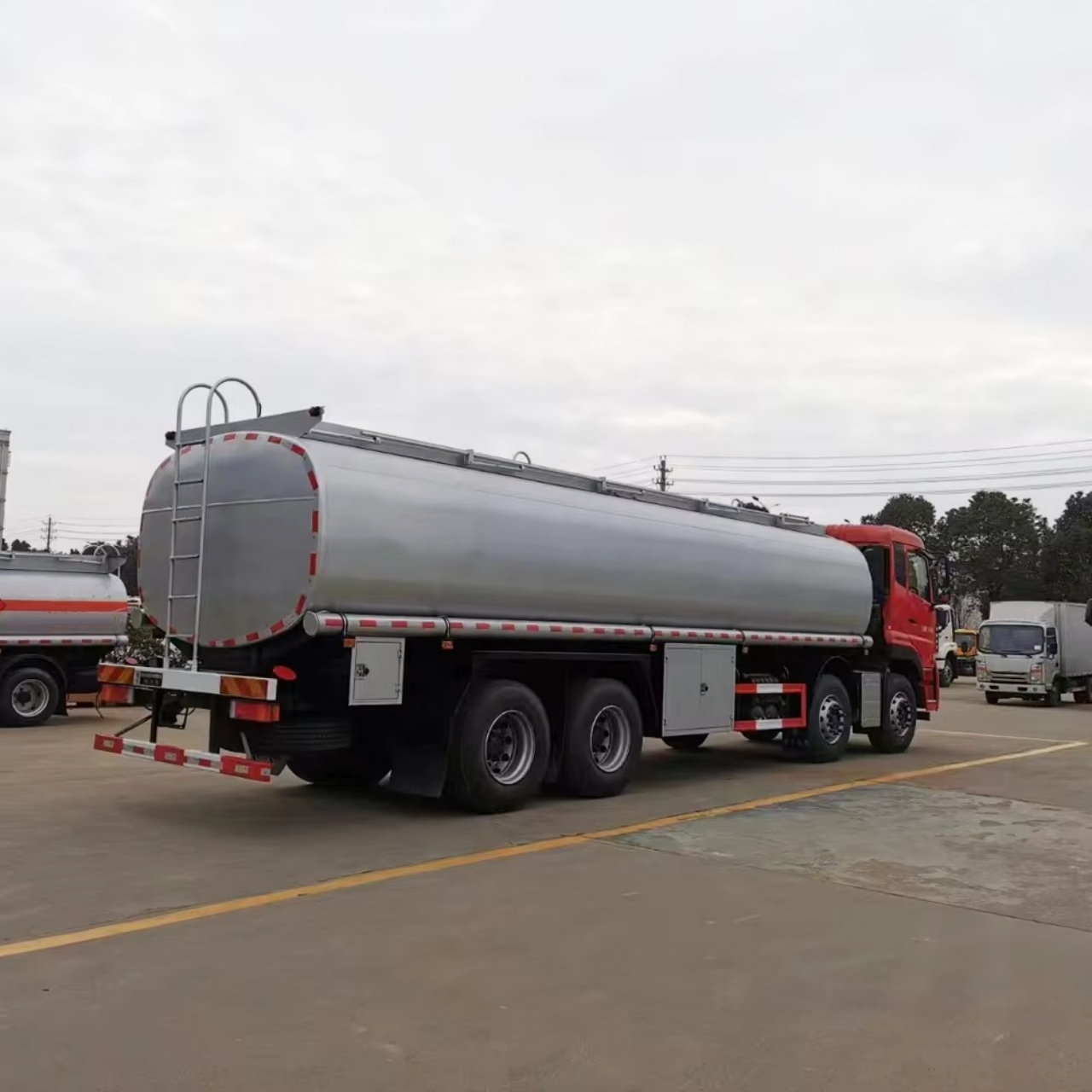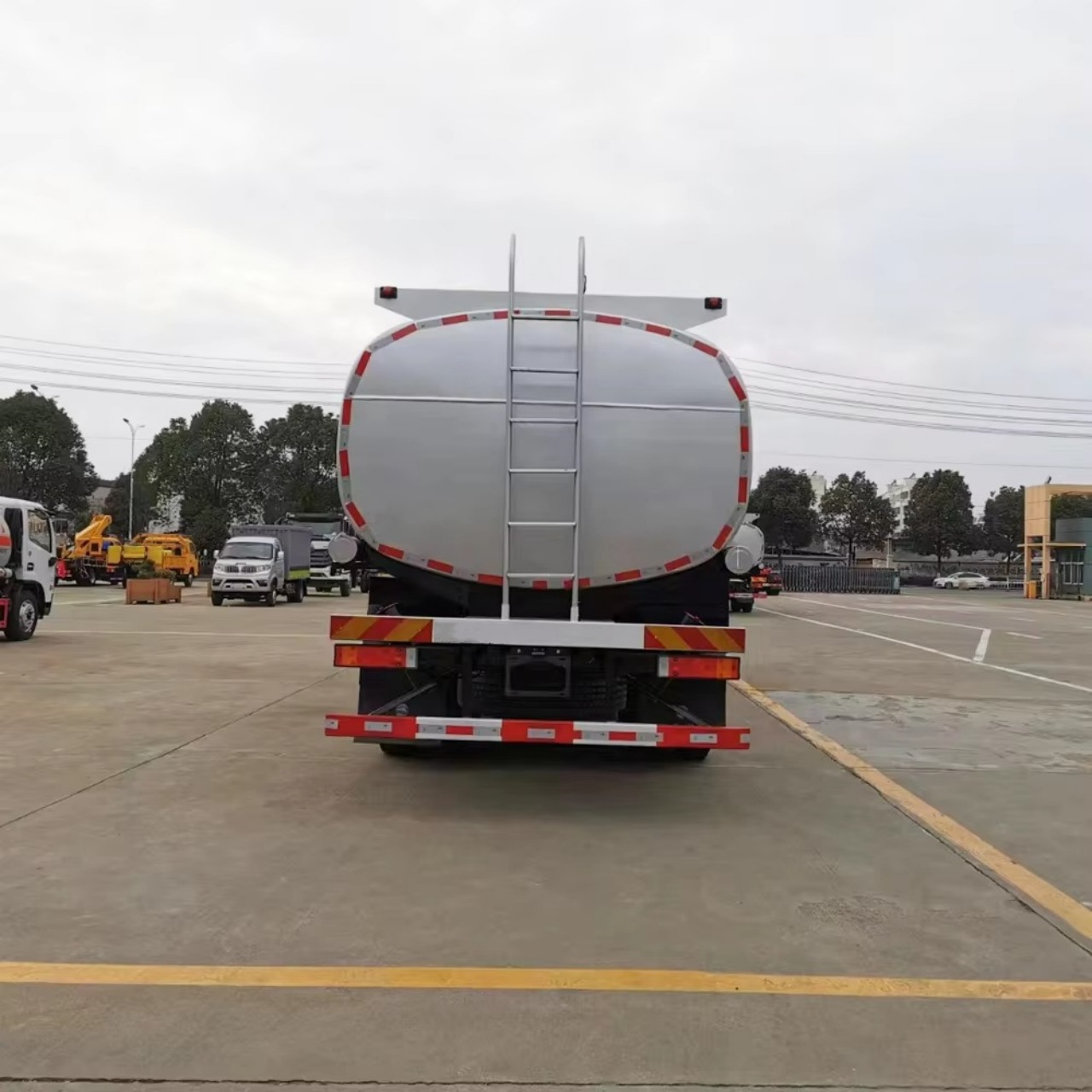Introduction
Chemical tank trucks play a crucial role in the transportation of hazardous and non-hazardous chemicals worldwide. These specialized vehicles are designed to carry liquids, gases, and other chemicals that require precise handling to ensure safety and regulatory compliance. Given the potential dangers associated with chemical transport, strict safety measures and advanced handling protocols are essential. This article provides an in-depth overview of chemical tank trucks, their safety features, handling procedures, and regulatory considerations.
Types of Chemical Tank Trucks
Chemical tank trucks vary based on the type of chemicals they transport. The main types include:
- Stainless Steel Tank Trucks – Used for transporting highly corrosive chemicals such as acids, alkalis, and certain organic compounds.
- Aluminum Tank Trucks – Lighter than steel tanks and suitable for non-corrosive chemicals like petroleum products and certain solvents.
- Lined Tank Trucks – These tanks have protective linings (e.g., rubber, epoxy) to prevent corrosion and contamination when transporting aggressive chemicals.
- Compartmentalized Tank Trucks – Equipped with multiple compartments to carry different types of chemicals simultaneously without risk of cross-contamination.
- Pressure Tank Trucks – Designed to transport gases or liquids under pressure, including liquefied gases such as ammonia and chlorine.

Safety Features of Chemical Tank Trucks
Ensuring safety in chemical transportation requires robust design features and compliance with industry regulations. Key safety features include:
- Spill Prevention Systems – Automatic shut-off valves and anti-spill systems minimize leaks and accidental discharges.
- Double-Wall Construction – Some tank trucks have an additional layer to provide extra protection against leaks and punctures.
- Emergency Shut-off Valves – These valves allow quick containment of hazardous substances in case of an emergency.
- Temperature Control Systems – Heating or cooling systems maintain the required temperature for chemicals that are sensitive to thermal variations.
- Pressure Relief Mechanisms – Prevent excessive pressure buildup that could lead to explosions or structural damage.
- Grounding and Bonding Systems – Reduce the risk of static electricity igniting flammable substances.
- Chemical-Resistant Coatings – Prevent corrosion and chemical reactions within the tank.
Handling Procedures for Chemical Tank Trucks
Proper handling is critical to ensure safety during loading, transport, and unloading. The key handling procedures include:
1. Loading Procedures
- Conduct pre-loading inspections to ensure the tank is clean and free from residues.
- Verify compatibility of the chemical with the tank material and linings.
- Use sealed connections to minimize exposure and prevent spills.
- Monitor weight limits to prevent overloading and maintain stability.
2. Transportation Guidelines
- Follow route planning strategies to avoid hazardous zones and congested areas.
- Adhere to speed limits and braking procedures to prevent spills.
- Monitor temperature and pressure levels throughout transit.
- Ensure proper ventilation when transporting volatile or gaseous chemicals.
3. Unloading Procedures
- Verify unloading site safety before beginning the process.
- Use appropriate protective gear (e.g., gloves, goggles, respirators) when handling chemicals.
- Utilize approved hoses and pumps to minimize exposure risks.
- Ensure complete drainage to prevent contamination and leftover residues.

Regulatory Compliance and Standards
Chemical tank truck operations are subject to stringent regulations to ensure safety and environmental protection. Key regulatory bodies and standards include:
- U.S. Department of Transportation (DOT) – Establishes guidelines for hazardous material transport, including tank truck specifications.
- Environmental Protection Agency (EPA) – Regulates emissions, spills, and waste disposal from chemical transport vehicles.
- Occupational Safety and Health Administration (OSHA) – Provides guidelines on worker safety, including proper handling and personal protective equipment (PPE).
- European Agreement Concerning the International Carriage of Dangerous Goods by Road (ADR) – Sets international safety standards for transporting hazardous materials.
- National Fire Protection Association (NFPA) – Offers fire safety codes applicable to chemical tank truck operations.
Risk Management and Emergency Response
Despite stringent safety measures, accidents can still occur. Effective risk management and emergency response strategies are vital to mitigating hazards.
1. Hazard Identification and Risk Assessment
- Conduct regular risk assessments to identify potential hazards.
- Implement hazard communication programs to ensure all personnel are aware of risks.
2. Spill Containment and Response
- Equip trucks with spill kits containing absorbents, neutralizers, and containment barriers.
- Train drivers and personnel on spill response protocols.
- Establish emergency response teams and contact protocols for hazardous spills.
3. Fire and Explosion Prevention
- Use flame-retardant materials and proper grounding techniques.
- Conduct regular fire safety drills and ensure the availability of extinguishers.
- Install explosion-proof lighting and ventilation systems in storage and unloading areas.

Innovations in Chemical Tank Truck Safety
Advancements in technology have led to improvements in chemical transport safety. Some notable innovations include:
- Real-time Monitoring Systems – GPS tracking and telemetry systems allow continuous monitoring of chemical conditions during transit.
- Automated Loading and Unloading Systems – Reduce human exposure to hazardous materials and enhance efficiency.
- Smart Sensors – Detect leaks, temperature fluctuations, and pressure changes to prevent accidents.
- Enhanced Tank Materials – Development of stronger, chemical-resistant composites to improve durability.
Conclusion
Chemical tank trucks are essential for industrial operations, but their safe handling requires rigorous procedures, compliance with regulations, and advanced safety features. As technology continues to evolve, improvements in monitoring, automation, and materials will further enhance the safety of chemical transportation. By adhering to strict safety standards and implementing risk management strategies, the industry can ensure the secure and efficient transport of chemicals while protecting both people and the environment.


